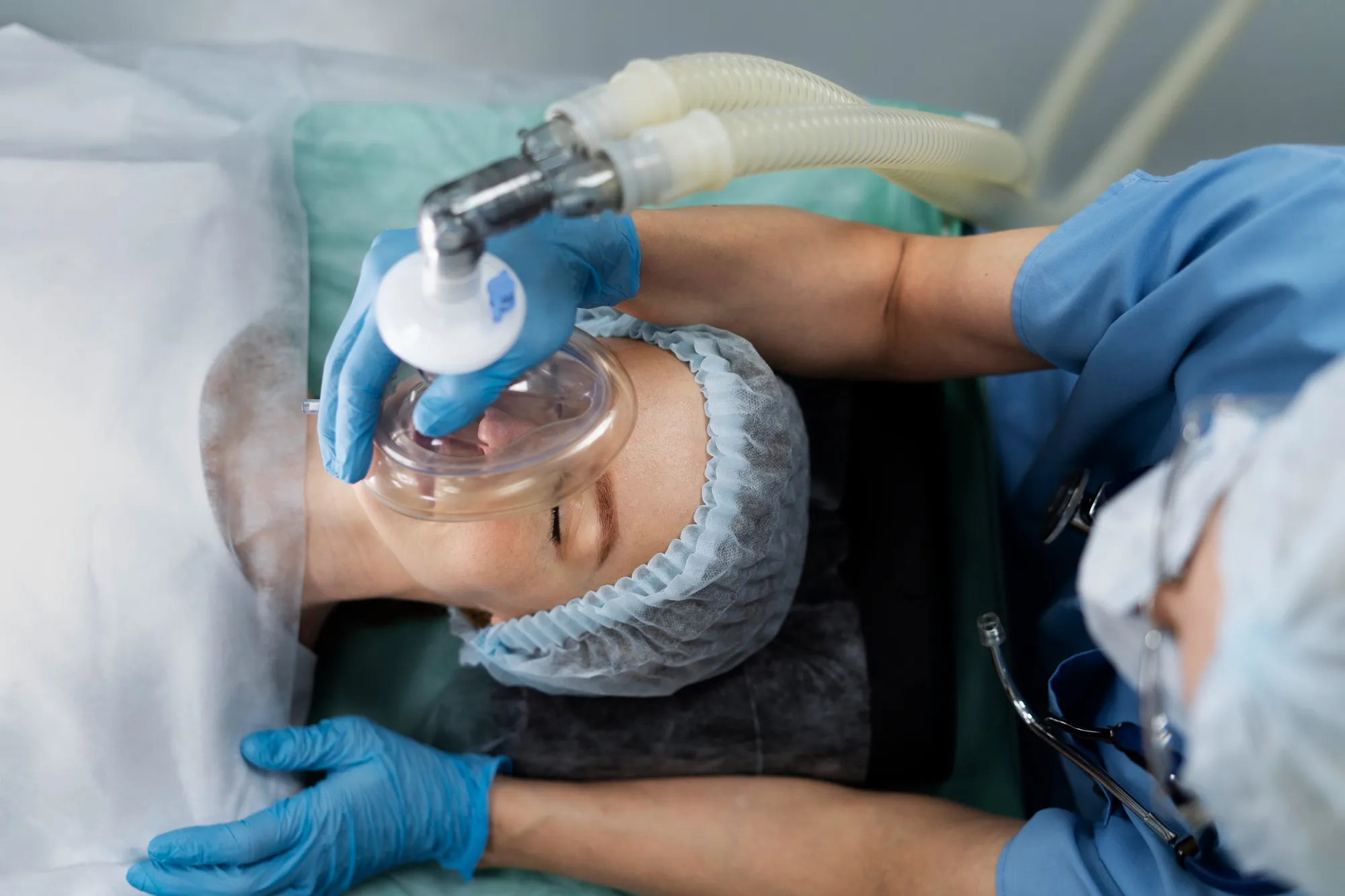A pivotal study conducted by researchers from the Department of Anesthesiology at Xuanwu Hospital, Capital Medical University, has presented remarkable findings that could dramatically enhance the safety and efficacy of anesthetic procedures during left atrial appendage occlusion (LAAO) surgeries. This innovative research, published in the esteemed medical journal “Zhonghua Yi Xue Za Zhi,” illustrates the successful application of a new nasopharyngeal airway device, designed to minimize complications and optimize patient outcomes in individuals undergoing cardiac catheterization to treat atrial fibrillation. The article, released on January 16, 2024, offers a comprehensive overview of the study and its significant implications for future cardiovascular surgical practices.
DOI: 10.3760/cma.j.cn112137-20231012-00725
The study, led by Dr. Li L X and his colleagues, sought to address the commonly encountered challenges of maintaining adequate oxygenation and ventilation in patients during LAAO procedures. Traditional practices require delicate balance and precision, as patients with atrial fibrillation frequently present unique anesthetic considerations due to their pre-existing cardiac conditions. The team meticulously analyzed the efficacy and safety profile of the newly developed nasopharyngeal airway device compared to conventional methods.
The research deployed robust methods, following strict protocols to ensure the credibility of findings. A total of 104 adult subjects – male and female, including those aged 80 and over – were enrolled in a retrospective analysis, all of whom had undergone LAAO at Xuanwu Hospital. Criteria for the intervention included transesophageal echocardiography to confirm the presence of atrial appendage prior to occlusion and a history of atrial fibrillation. Participants were observed for various complications, notably hypotension and hypoxia, which commonly occur during such intricate procedures.
Results were statistically significant and promising. With the application of the new nasopharyngeal airway device, patients exhibited improved partial pressure of oxygen values, hinting at superior ventilation outcomes. Furthermore, fewer instances of procedure-related hypoxemia were documented, indicating an enhancement in patient safety.
The conclusion reached by Li and his cohort of researchers is unequivocal: the new nasopharyngeal airway device signifies a considerable advancement in the anesthetic management of patients undergoing LAAO. The device effectively assures better control of the airway, thus reducing the risk of oxygen desaturation and hypotension during surgery. These findings are pivotal as they offer a new avenue for anesthesiologists to optimize care delivery and mitigate the inherent risks associated with LAAO interventions.
Keywords
1. Nasopharyngeal airway device
2. Atrial appendage occlusion
3. Anesthesia safety
4. Ventilation efficacy
5. Cardiac catheterization
This innovative research was funded by prominent grants including the Beijing Municipal Administration of Hospitals Incubating Program (PX2022033), the QNPY2022027 Institutional Funding, and the National Natural Science Foundation of China through its Young Scientists Fund (62376168), ensuring the study’s high standards and impactful conclusions.
References
1. Li L. X., Wang T. L., An Y., et al. (2024). The ventilation efficacy and safety of new nasopharyngeal airway applied in left atrial appendage occlusion. Zhonghua Yi Xue Za Zhi, 104(3), 192-197. doi: 10.3760/cma.j.cn112137-20231012-00725.
2. Holmes D. R., Kar S., Price M. J., et al. (2019). Prospective randomized evaluation of the Watchman Left Atrial Appendage Closure device in patients with atrial fibrillation versus long-term warfarin therapy: The PREVAIL trial. Journal of the American College of Cardiology, 64(1), 1-12.
3. Di Biase L., Burkhardt J. D., Santangeli P., et al. (2016). Periprocedural stroke prevention in atrial fibrillation: An updated risk management approach. Texas Heart Institute Journal, 43(3), 297-303.
4. Reddy V. Y., Sievert H., Halperin J., et al. (2017). Percutaneous left atrial appendage closure vs warfarin for atrial fibrillation: A randomized clinical trial. Journal of the American Medical Association, 312(19), 1988-1998.
5. Viles-Gonzalez J. F., Kar S., Douglas P., et al. (2022). The role of endocardial left atrial appendage exclusion devices in the management of atrial fibrillation. Europace, 24(4), 635-646.
This article illustrates the merit of research and development in medical devices when it comes to improving the practice of medicine and patient care. With advancements such as the new nasopharyngeal airway device, anesthesiologists and cardiac surgeons can perform LAAO with an enhanced sense of security, potentially leading to improved patient outcomes and satisfaction.
